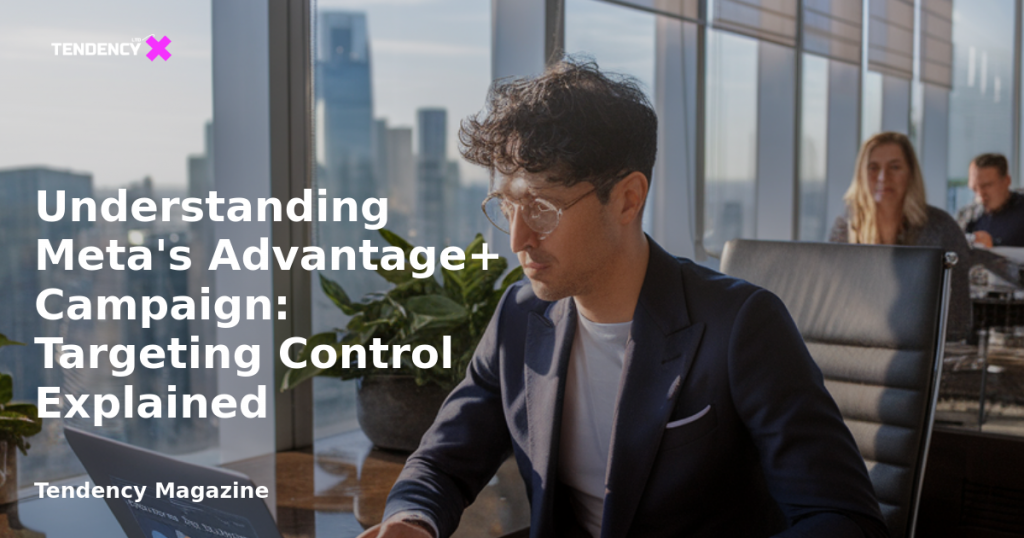Understanding Meta’s Advantage+ Campaign: Targeting Control Explained

Introduction
In the ever-evolving landscape of digital advertising, Meta’s introduction of the Advantage+ Campaign setup has sparked discussions among marketers about its implications on audience targeting. This article delves into whether this new streamlined setup truly limits targeting control compared to the original audience configurations. We’ll explore the nuances of both systems to provide clarity and guidance for advertisers navigating these changes.
Table of Contents
- Original Audiences vs. Advantage+
- Age Range Targeting
- Gender Targeting
- Custom Audiences
- Lookalike Audiences
- Detailed Targeting
- Conclusion: No Loss of Control
- Your Turn
Original Audiences vs. Advantage+
Before the introduction of the Advantage+ Campaign setup, advertisers had a range of options for targeting, including tight controls over location, age, gender, and custom audiences. These controls allowed advertisers to fine-tune their campaigns to reach specific demographics and interests. However, with the Advantage+ Campaign setup, Meta aims to simplify the process by encouraging the use of default settings and recommendations. This has raised concerns about the potential loss of control over audience targeting.
Age Range Targeting
In the old setup, advertisers could set both minimum and maximum age limits, providing a clear framework for targeting specific age groups. With Advantage+, the default allows setting only a minimum age of up to 25, with the maximum age acting as a suggestion. However, advertisers can still choose to switch the setup to apply more precise age controls, similar to the original audiences.
Gender Targeting
Gender targeting under the original setup was often a suggestion rather than a strict control, allowing Meta’s algorithms to optimize for the best results. This remains unchanged in the Advantage+ setup, where gender is initially treated as a suggestion. Advertisers can, however, adjust their settings to enforce gender as a strict targeting criterion if desired.
Custom Audiences
Custom audiences have always been a powerful tool for remarketing and targeting specific user groups. In both the original and Advantage+ setups, these audiences start as suggestions. Advertisers can opt to use them as strict controls, ensuring their campaigns focus solely on these audiences without expanding beyond them.
Lookalike Audiences
Lookalike audiences have been a staple for reaching new potential customers similar to existing ones. In the original setup, the use of lookalike audiences depended on the performance goal. Advantage+ treats lookalike audiences as suggestions by default, but advertisers can switch settings based on their campaign objectives to ensure these audiences are used as strict controls when necessary.
Detailed Targeting
Detailed targeting allows advertisers to specify interests, behaviors, and demographics. In both setups, detailed targeting inputs are initially treated as suggestions, especially when optimizing for certain performance goals. However, advertisers can adjust their campaign settings to enforce detailed targeting as a strict control, ensuring their ads reach the intended audience.
Conclusion: No Loss of Control
Upon examining the various targeting options, it’s clear that the Advantage+ Campaign setup does not inherently limit control over audience targeting. While the interface and language have changed, the fundamental ability to control targeting remains intact. Advertisers can still achieve the same level of precision by understanding and navigating the new setup’s options.
Your Turn
Have you had the opportunity to experiment with Meta’s Advantage+ Campaign setup? What are your thoughts on its impact on targeting control? Share your experiences and insights in the comments below. We look forward to hearing from you!
2025 Tendency LTD. All rights reserved.

